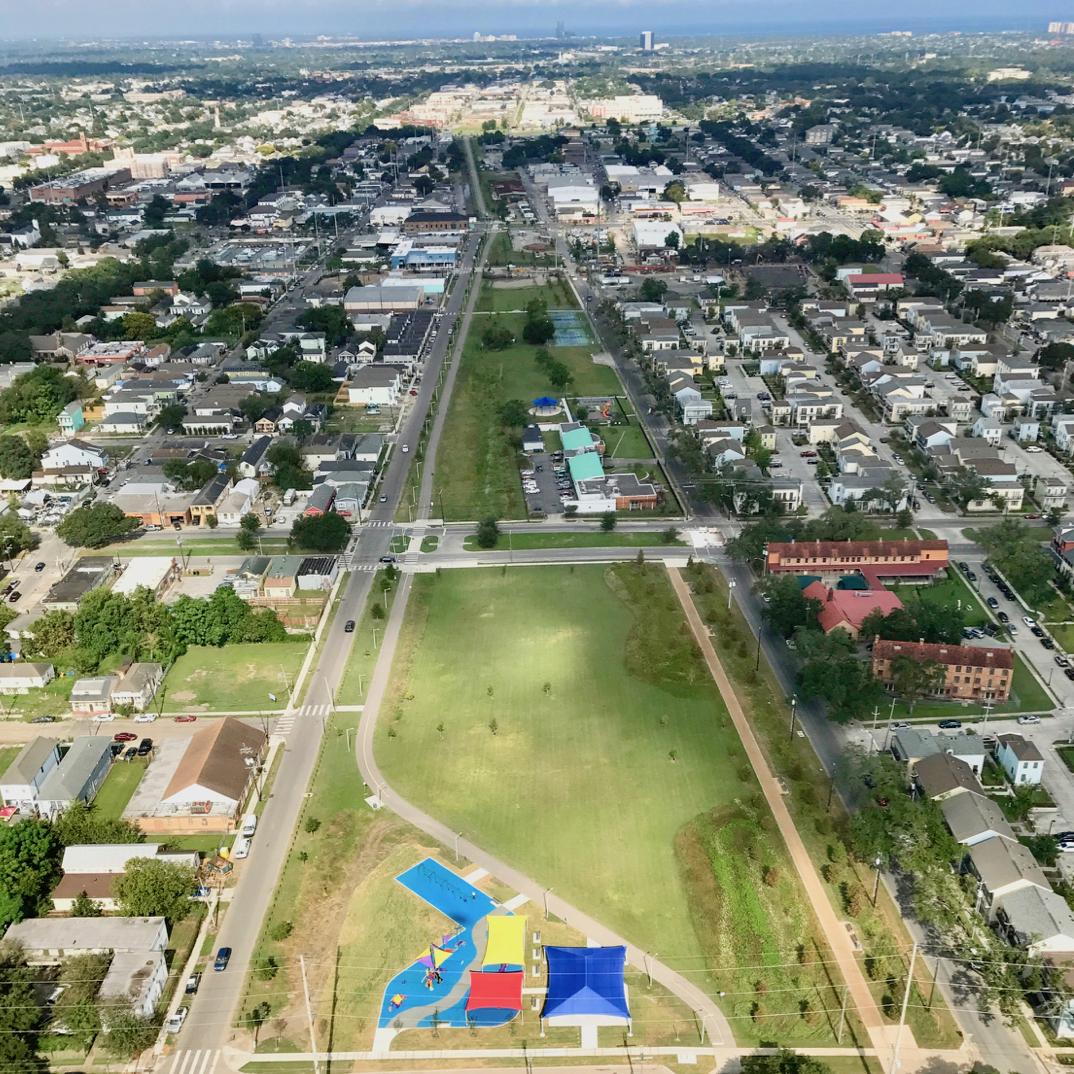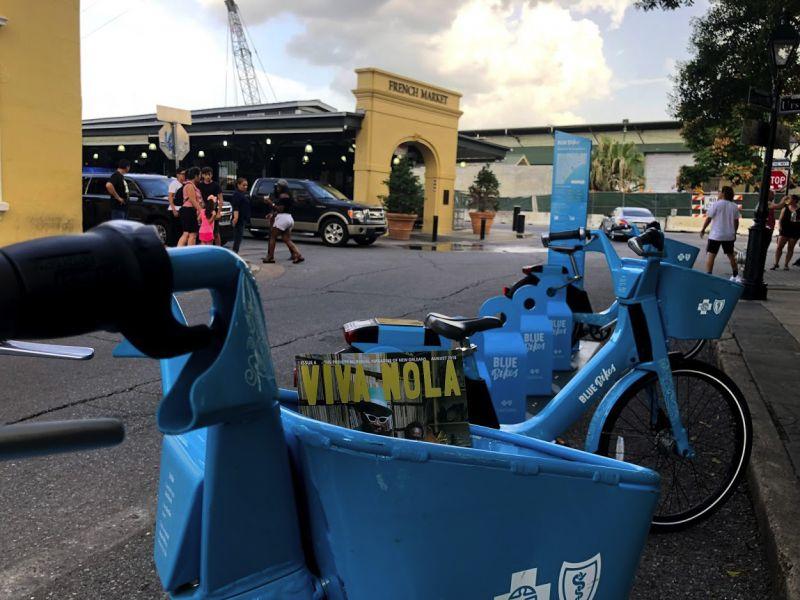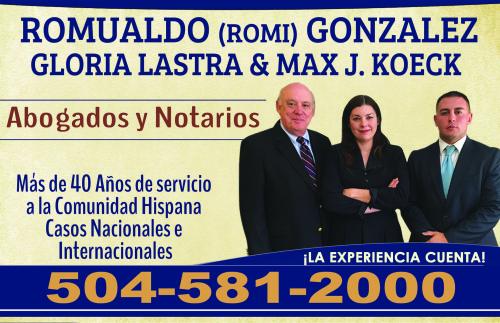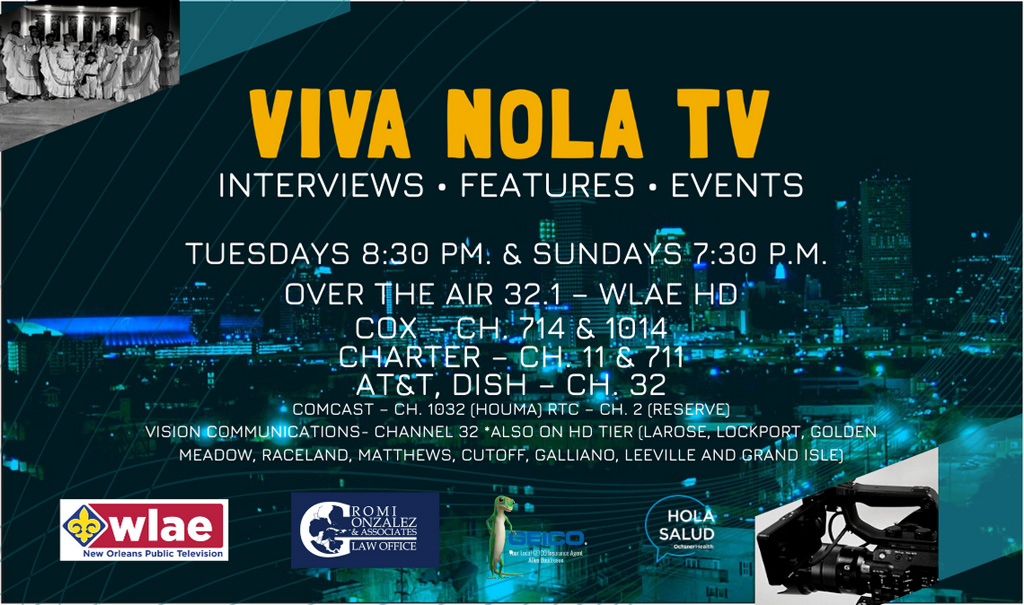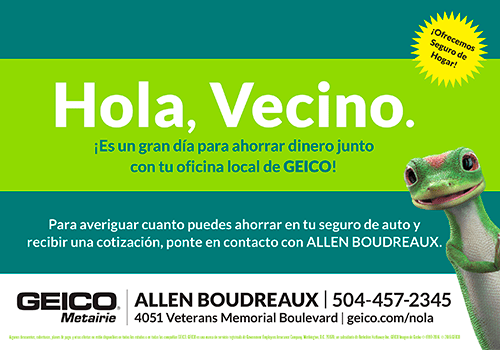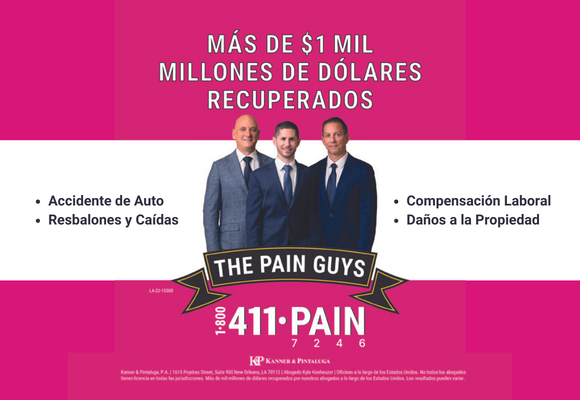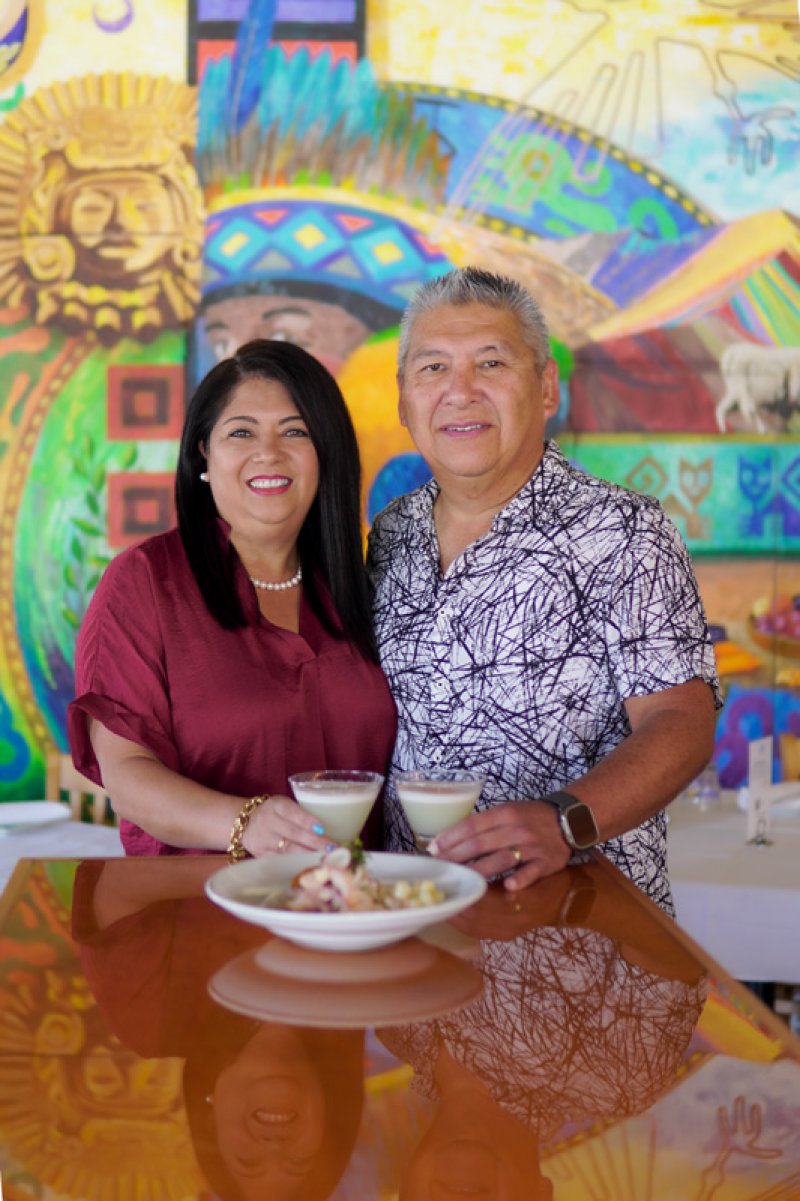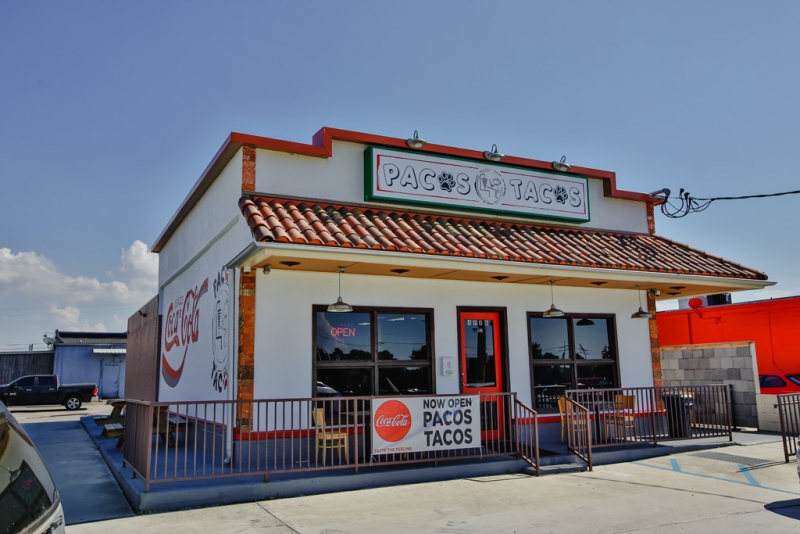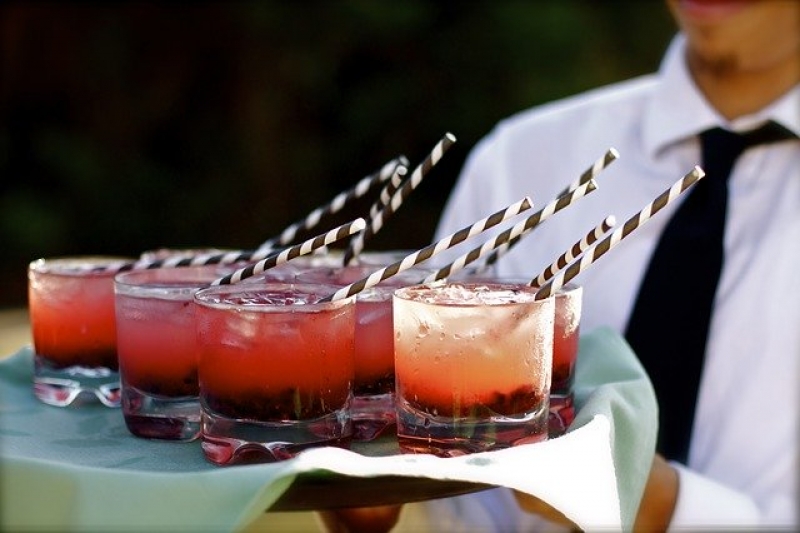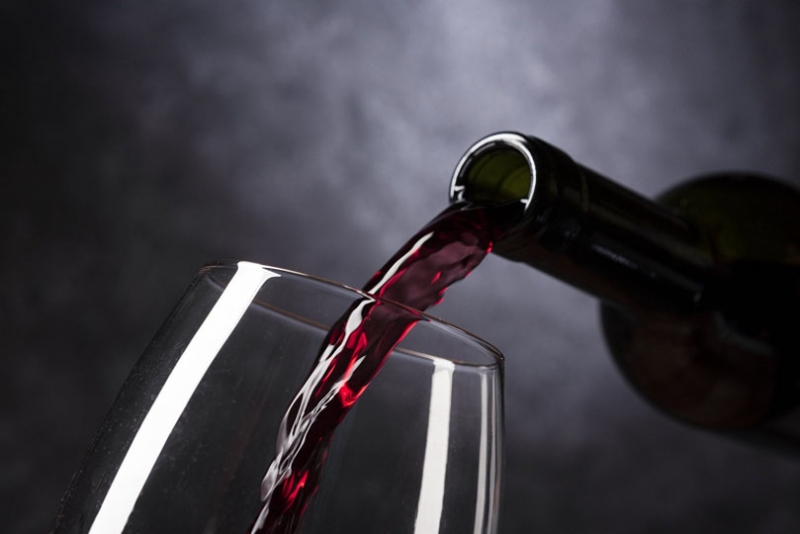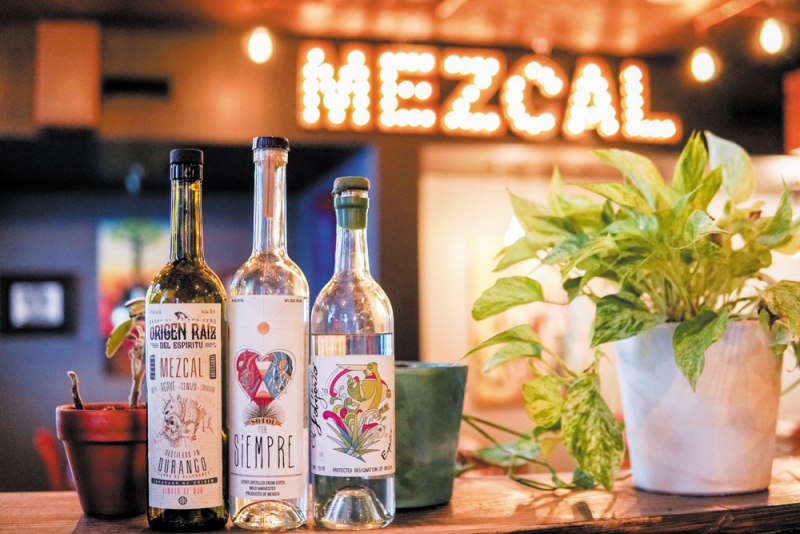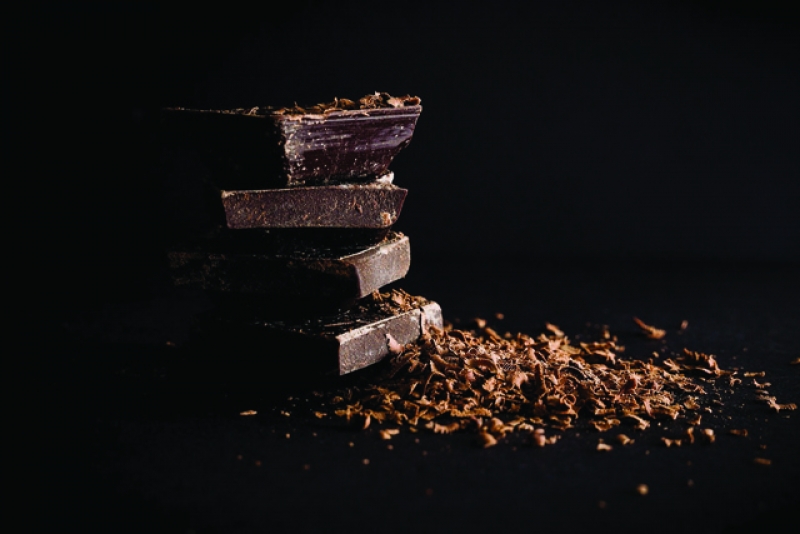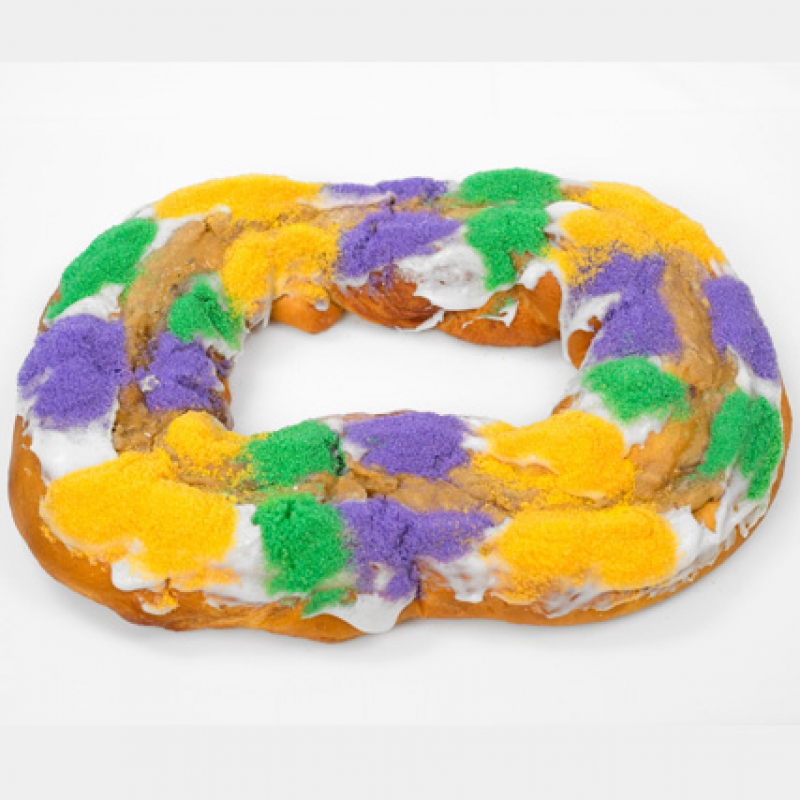- Written by Christopher Ard
- Published in Somos NOLA
Get movin’!
Get movin’!
Click aqui para español- >¡Muévete!
Mobility has always been a problem for humans. Our earliest ancestors used to carry things back and forth with nothing but their body strength. Eventually, someone invented the wheel. The wheel transformed humanity. No longer did people have to carry everything. Now, they could roll things where they needed them to be. Fast-forwarded a few hundred years and man began to power their machines with steam, coal, and wood. Bicycles were invented so people could pedal themselves across town. Then Henry Ford invented the assembly line and started producing automobiles that nearly anyone could afford.
Of course, man wasn’t only tied to the ground. Humans took flight over the last several hundred years through advances in physics and engineering. We were now able to get to most places on the planet, compared to our ancestors who could only dream of transporting water from the river to their villages in jars balanced on their heads.
All these advancements influenced how and where we settled. Most major cities are near a river or an ocean—the world’s original highways. Later, as we changed transportation styles, we were able to settle places like Las Vegas and Denver—far from sources of water. The look and feel of our cities are tied to transportation and density. If your city developed in the 1900’s, chances are, there are large highways for the movement of cars. It’s likely difficult to get around without a car. The population is likely to be more obese because people walk less. If your city was settled before the invention of the automobile, like New Orleans and most cities in Latin America, you’ll notice narrow streets, smaller homes, and distinct neighborhoods because people were used to living within a more confined area.
As I write this article, I am on my way to Florence, Italy, and Berlin, Germany—two older and dense cities. I personally like visiting these places because they allow me to walk easily everywhere. I don’t have to rent a car, and I can walk around and see everything the city has to offer.
Luckily for me, I live in New Orleans, which gives me the same advantages in my everyday life. We live in a small, big city—all the amenities of a large city, but in a compact area. When the weather is nice, I can walk to work, or to the French Quarter, or just to get a cup of coffee. Besides destressing, the exercise is good for my heart, and helps me maintain my weight—although I probably could lose a little more.
For those of us who have been here since before 2005, our methods of urban transportation have changed drastically. Most of us remember when the only option was the bus or your personal vehicle. The streetcars were an Uptown thing and not close to our homes. Today, the City of New Orleans has over 100 miles of bike lanes and counting. Recent safety measures that have been implemented are making walking and biking in New Orleans safer for everyone. It’s true that some people are complaining about this new addition to the driving experience in New Orleans, but like every other city—we change.
Take some time to learn about the new transportation methods available to us in New Orleans and you’ll see just how similar we are to Latin American and European cities. Rent a Blue Bike and visit the new Moon Walk along the river. Catch the streetcar from the cemeteries to downtown. Ride through Mid-City on a dedicated pedestrian path called the Lafitte Greenway. Autumn is here. Get outside and enjoy your pedestrian-friendlier city!
